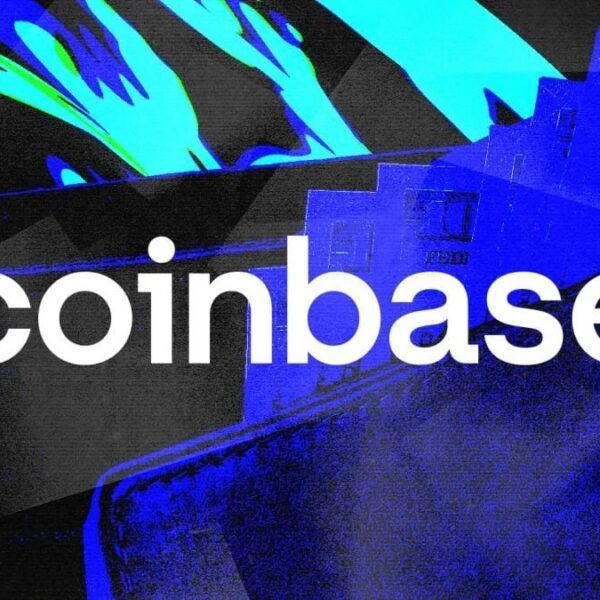Let’s dive straight into it with the first meeting date and what market players are pricing in for that.
- Fed: 29 January (~91% probability of no change, ~9% probability of a 25 bps rate cut)
- ECB: 30 January (~99% probability of a 25 bps rate cut, ~1% probability of no change)
- BOJ: 24 January (~54% probability of no change, ~46% probability of a 25 bps rate hike)
- BOE: 6 February (~59% probability of no change, ~41% probability of a 25 bps rate cut)
- SNB: 20 March (~78% probability of a 25 bps rate cut, ~22% probability of a 50 bps rate cut)
- BOC: 29 January (~63% probability of a 25 bps rate cut, ~37% probability of no change)
- RBA: 18 February (~50% probability of a 25 bps rate cut, ~50% probability of no change)
- RBNZ: 19 February (~59% probability of a 50 bps rate cut, ~41% probability of a 25 bps rate cut)
As for the year itself, these are what the rates market is pricing in for the coming 12 months:
- Fed: -36 bps
- ECB: -111 bps
- BOJ: +45 bps
- BOE: -55 bps
- SNB: -53 bps
- BOC: -54 bps
- RBA: -74 bps
- RBNZ: -112 bps
As a reminder, take these with a pinch of salt. It’s all a fluid situation and these odds and pricing can shift quite dynamically in the first half of the year especially.
This time last year, traders were pricing in six rate cuts by the Fed for 2024 with the first one priced in for March. We then swung as much to pricing in just one rate cut during the middle of the year before going back to settle around two to three. At the end of the day, the Fed did cut rates by three times this year but the one in September was a 50 bps move.
This article was written by Justin Low at www.forexlive.com.















